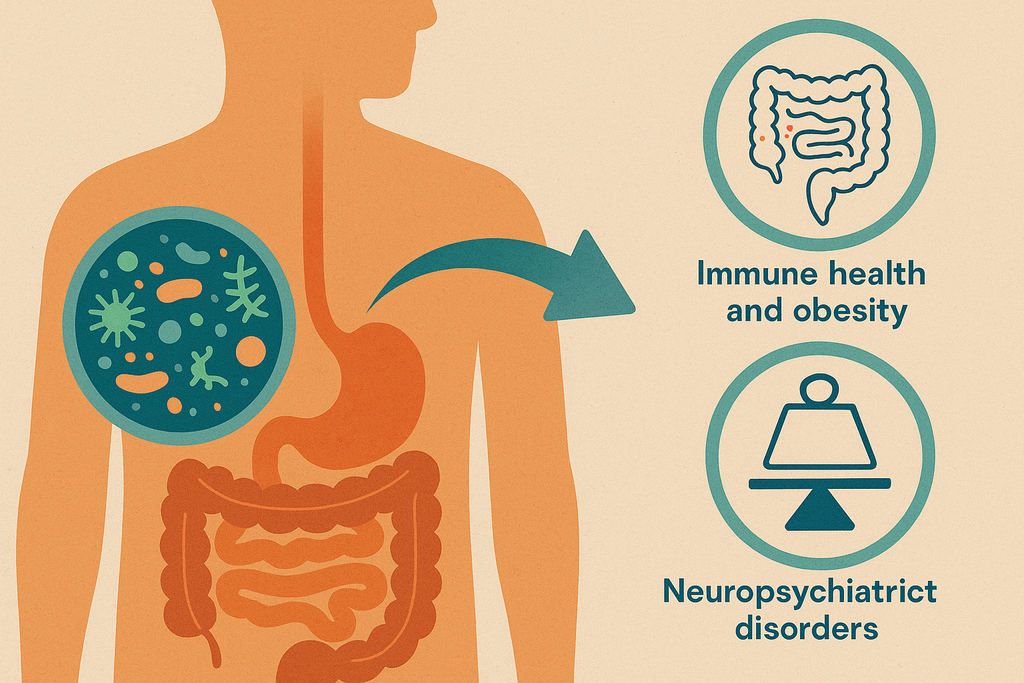News
The Anti-Aging Pill? How Senolytics Are Reversing Frailty and Boosting Strength
aging reversal anti-aging pill anti-aging science dasatinib quercetin fisetin benefits frailty treatment healthspan extension healthy aging inflammaging longevity supplements muscle strength aging navitoclax physical function aging reversing aging senescent cells senolytic research senolytic supplements senolytics senolytics safety zombie cells
Aging is a natural part of life, but the decline in physical strength, mobility, and resilience doesn’t have to be. Scientists are beginning to unlock new ways to combat the wear and tear of aging—not by simply managing symptoms, but by targeting its root causes at the cellular level. One of the most exciting breakthroughs in this arena is the development of senolytics: a class of compounds that selectively eliminate senescent cells—often called “zombie cells”—that accumulate with age and contribute to chronic inflammation, tissue dysfunction, and age-related diseases.
Once dismissed as science fiction, senolytics are rapidly emerging as a legitimate therapeutic strategy for extending healthspan—the period of life spent in good health—rather than merely lifespan. Early research suggests these compounds may not only slow aging but actually reverse some of its most debilitating effects, including frailty, muscle weakness, and reduced mobility. As researchers continue to refine these compounds, the possibility of an “anti-aging pill” is inching closer to reality. In this article, we dive deep into how senolytics work, what the science says so far, and what this could mean for the future of aging and physical function.
The City's Secret Toll: How Noise and Light Pollution Are Robbing Your Sleep
ambient noise and sleep blackout curtains blue light sleep effects circadian rhythm city living health risks city noise and insomnia light pollution light pollution effects melatonin suppression natural sleep support noise pollution sleep and mental health sleep disruption sleep hygiene sleep optimization SleepBlend PM Support smart sleep devices urban sleep health urban wellness white noise for sleep
The city never sleeps—but that doesn’t mean you shouldn’t. Urban life pulses with energy, but behind the shimmering lights and hum of traffic lies an invisible threat to health: environmental pollution not of the air or water, but of sound and light. While you might brush off the occasional honk or glow from a streetlamp, research shows that even low levels of ambient noise and artificial light can wreak havoc on your ability to get restful, restorative sleep.
More than a nuisance, urban noise and light pollution are increasingly recognized as serious disruptors of circadian rhythm, melatonin production, and mental health. From sleep fragmentation to long-term risks like cardiovascular disease and depression, the stakes are higher than most city dwellers realize. This article explores the science of how our environment sabotages sleep, and what you can do to reclaim the rest you need—whether you live in a penthouse or a studio by a busy street.
The Vaping Controversy: Health Risks, Addiction, and the Truth Behind the Haze
e-cigarettes health effects EVALI flavored vapes how to quit vaping lung detox supplements lung injury from vaping LungRenew Herbal Complex nicotine addiction nicotine withdrawal psychological dependence vaping quitting vaping vape health controversy vape vs cigarette vaping and brain development vaping and teens vaping gateway drug vaping marketing vaping regulation vaping risks youth vaping trends
Marketed as the cleaner alternative to traditional smoking, vaping has rapidly become a cultural phenomenon, especially among teens and young adults. But beneath the sleek designs and fruity flavors lies a growing controversy. Are e-cigarettes truly safer, or are we simply swapping one addiction for another?
As the science catches up with the surge in popularity, evidence is mounting that vaping is far from harmless. With rising concerns over lung injuries, nicotine dependence, and long-term health impacts, it’s time to pull back the vapor curtain. This guide explores the realities of vaping—what it is, how it works, and the very real consequences users and policymakers are now facing.
Unlocking the Power of Digital Phenotyping for Bipolar and Mood Disorders
behavioral data monitoring bipolar disorder tracking bipolar tech solutions digital biomarkers digital phenotyping digital psychiatry mental health innovation mental health sensors mental wellness apps mood disorders technology mood prediction mood stability supplements MoodLift Neural Balance passive mood tracking real-time mood monitoring sleep tracking for mood smartphone mental health telepsychiatry tools voice analysis depression wearable mental health
In the world of mental health, diagnosis and treatment have long relied on subjective assessments, self-reports, and sporadic clinical visits. But what if your smartphone could help track and even predict mood swings in real time? That’s the promise of digital phenotyping—a cutting-edge approach that uses data from digital devices to quantify human behavior and mental states.
For individuals living with bipolar disorder and mood-related conditions, digital phenotyping represents a revolutionary leap. By analyzing everything from typing speed and sleep patterns to voice tone and movement, this method offers a continuous, objective window into psychological well-being. In this article, we explore how digital phenotyping is transforming mental health monitoring and unlocking new potential for early detection, personalized care, and preventative strategies.
The Unseen Frontier: Exploring Fecal Microbiota Transplantation Beyond C. difficile
C. difficile donor stool screening fecal microbiota transplantation fecal transplant safety FMT FMT and depression FMT delivery methods FMT for autism FMT research gut health gut microbiome therapy gut-brain axis metabolic health microbiome and autoimmune disease microbiome medicine microbiota restoration microbiota transfer MicroRestore Biotic Support neurodegenerative disease gut link probiotic alternatives
For years, fecal microbiota transplantation (FMT) has been hailed as a medical miracle for treating recurrent Clostridioides difficile infections—restoring balance to the gut where antibiotics failed. But now, scientists and clinicians are beginning to unlock a broader, less-explored frontier: FMT's potential to influence a wide spectrum of diseases beyond gut-related infections.
From autoimmune conditions and metabolic disorders to neurological diseases and even mental health, FMT is emerging as a promising, though controversial, tool in modern medicine. This article dives deep into how FMT works, its expanding applications, and what the future might hold for one of medicine’s most unorthodox but groundbreaking therapies.





